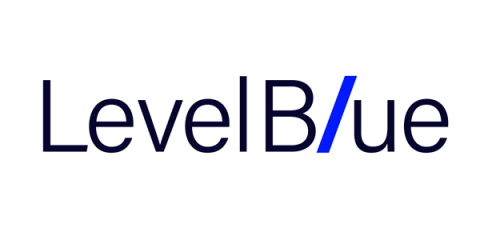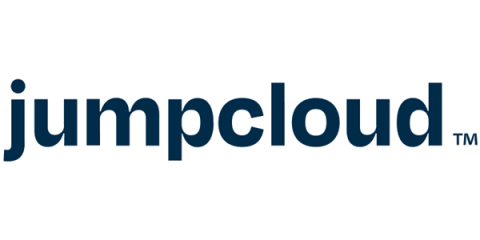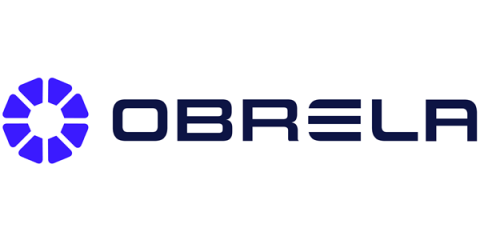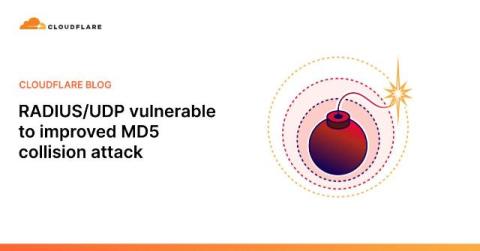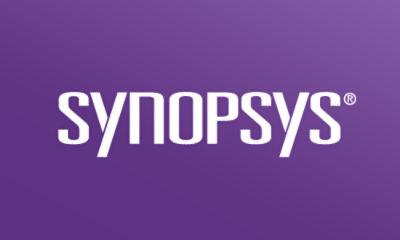Salt Security Empowers API Governance with New Posture Policies Hub
In today's digital age, applications are no longer monolithic structures but intricate mosaics of interconnected APIs. These APIs are the foundation of modern software and allow for smooth communication and data exchange, providing the dynamic functionality users expect. However, as connectivity increases, so does the risk of exposure to cyberattacks. The security of APIs has become extremely important as cyber threats target these crucial points.



